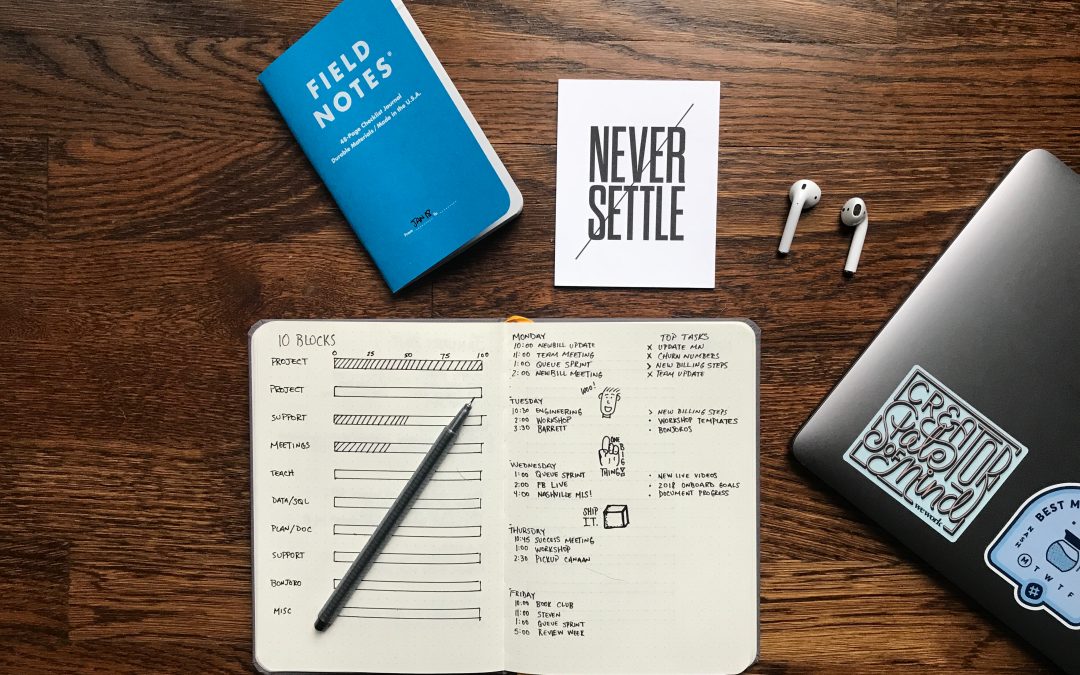Aging Forward Past Foster Care: Making A Progression Plan
By Shay Stinson Edited by Intisar Seraaj
Welcome back to the continuation of the “Aging Forward” series, which its purpose, for those who aren’t aware, is to re-brand the term “aging out,” so the world, the child welfare system, and the very children leaving foster care will understand that this is a positive new beginning and not the kick-start of a downward spiral for soon–to–be independent foster children. So, let’s explore creating a plan that puts the most important things into perspective for these youth who are aging forward. The overall objective of the plan should be kept simple: permanency, financial stability, safety, and happiness. These are the areas we need to focus on to help create a solid progressive plan for our aging-forward youth. Now that these young adults are no longer the legal responsibility of any agency, their new-found freedom can create anxiety for them and their chosen family. So, there should be a team of “care investors,” or people who’ve already worked with, cultivated, and nurtured this child, to help soothe these worries. For example, try to include the social workers that are familiar with them, as well as any involved teachers or mentors. Make them aware of the need to create an aging forward plan for the adolescent and advocate why it’s integral they’re a part of it. Once everyone has offered their advice and ideas for an aging forward plan, it’s time to set some goals.
Starting off, we need to set goals based on the child in care, their needs and wants, and their strengths and weaknesses. Setting realistic goals for a child based on their abilities should decrease the pressure for them to perform according to someone else’s wishes or stereotypical societal standards. Doing something one’s already naturally good at, is also a sure way to build confidence. As the CEO of Seraaj Family Homes, Inc., Abdul Seraaj, always eludes to his Islamic faith by saying, “Whatever comes naturally to you, is what you’re meant to do.” A child may be better suited for trade school than a four-year college, or an adolescent may find the military is a perfect fit for them and may not be ready for the corporate workforce. Understanding their abilities and passions is a must—and even then, it’s OK to push them and encourage them to push beyond their known abilities.
Once you have the goals of the plan decided, focus on how you’ll achieve those goals. The old saying “it take a village to raise a child” has been proven to be true; thus, the key to reaching their goals will be to asking for help. Lean on community resources. It’s typical for foster children to receive some sort of financial incentive once they have aged forward and are beginning independent living. There are many independent living classes that offer help with financial literacy, resume building, and job or college placement. The key to many of these resources is not waiting until the last minute to take advantage of them. There is no time to waste! There are even programs that will help a foster child get situated in college. Scholarships are available for those who qualify, and sometimes a person’s religious community will offer sponsorship opportunities. Get the whole team involved in finding and securing these resources to make it easier.
Beyond these typical community resources, think outside the box for what the aging-forward youth might need. For example, think about starting a hope chest for each child, whether they may age forward from foster care of get adopted. Yes, hope chests are traditionally used to collect things such as clothing and household items by or for unmarried young women in anticipation of married life, but this would be a useful thing for any young person starting a new chapter in their life. It will also show them that they were thought of and planned for and give them a physical token of love that they can keep.
To recap: With an aging-forward progression plan, focus on an overall objective of permanency, financial stability, safety and happiness; set goals based on the youth’s needs, wants, strengths and weaknesses; gather community resources; and think outside the box. A path for independent living can be created as soon as most children reach school age. High school is the latest someone want to start preparations for teaching and learning independent living skills such as doing laundry, cooking, maintaining one’s holistic health, dating responsibly, and managing finances. Starting with brainstorming conversations and ideas of expectations can lessen the intensity of the changes ahead. Because of the shifts in the foster care system and constant and unexpected changes in life, it is wise to sit down with the child as soon as possible and begin the process of making a plan to “age forward.”



